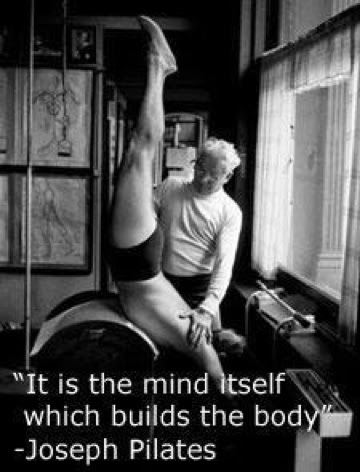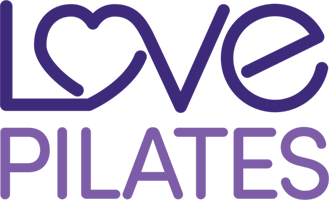One of the things I try to incorporate into my Pilates practice is Mindfulness. I think it goes well with the Pilates principles of Concentration, Control, Precision, Flow, Center, and Breath. What is mindfulness? How do I achieve it? What will it do for me? What I learned is there are many possible answers to these questions, and I think they are helpful given our current situation of a global health crisis.

What is mindfulness? According to Jon Kabat-Zinn, “Mindfulness is the awareness that comes from paying attention, on purpose, in the present moment, non-judgmentally.”
How do I achieve it? Mindfulness is a practice, not a destination. It is a way of living. In the words of Jon Kabat-Zinn, being mindful is simple but not easy.
What will it do for me? There are many potential benefits of practicing mindfulness, including decreased stress, decreased chronic pain, decreased anxiety, improved anger management, and improved quality of life. Personally, practicing mindfulness is helping me become more responsive rather than reactive. It is helping me focus on the present, rather than dwelling in the past or worrying about the future. It is helping me become a little less judgemental with myself by focusing on the process rather than the outcome. And for all of that, I am grateful.
“Mindfulness means seeing things as they are, without trying to change them. The point is to dissolve our reactions to disturbing emotions, being careful not to reject the emotion itself. Mindfulness can change how we relate to, and perceive our emotional states.”
Tara Bennet-Goldmen,PhD in Emotional Alchemy
The next time you’re exercising, whether you’re in the studio, virtually at home, or just out for a walk, think about practicing Mindfulness. Focus on what your body is doing and on the quality of your movement. Focus on your breath, and take time to be mindful and just feel the movement. You’ll be surprised at the benefit to your mind, spirit and body.

